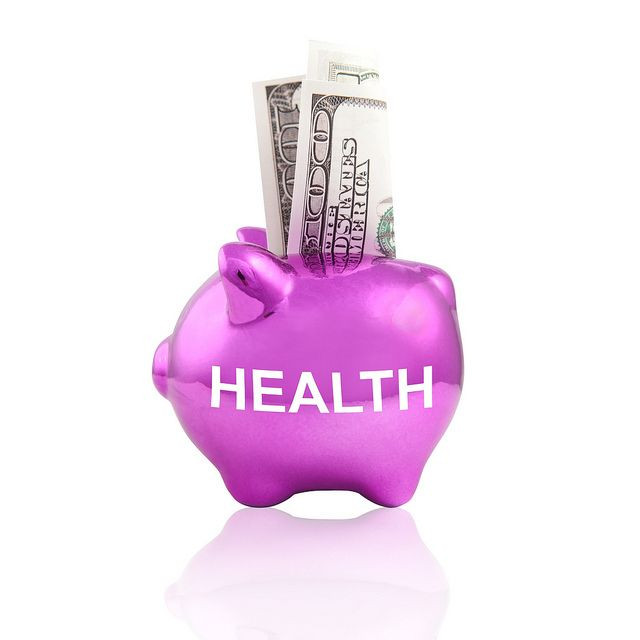The Number Of Underinsured Has Doubled To 31 Million Since 2003

The uninsured rate among American adults has been steadily declining, averaging just 12.9 percent in 2014's fourth quarter, according to recent Gallup data. While the number has fallen, however, the number of underinsured Americans has soared to 23 percent — that's double what it was in 2003.
According to 2014 data from the Commonwealth Fund Biennial Health Insurance Survey, 19- to 64-year-old adults (31 million people) were underinsured due to exorbitant out-of-pocket costs or deductibles, even after the advent of Obamacare. The number of underinsured may rise past the calculated 31 million if costs continue to rise as well. So, who are the underinsured?
The study used a fixed set of data that showcased who they considered underinsured. They were those whose out-of-pocket expenses, excluding premiums, over a 12-month period were over 10 percent of their income. An underinsured person also might be someone who pays out-of-pocket expenses, excluding premiums, equal to five percent of their household income if their total income is under 200 percent of the federal poverty level ($22,980 for an individual; $47,100 for a family of four). It also counted anyone whose deductible equaled over five percent or more of the household income.
The group of insured in the study included those with Medicaid, Medicare, private insurance, and a large portion being those with insurance through their employer. Only 13 percent of Americans were considered underinsured in the five years before Obamacare passed. Then again, the amount of uninsured was much higher as well. Since that time, more have gotten insured (the uninsured rate sank to 12.9 percent in 2014 as opposed to 17.1 percent in 2013), but that means that more people have to pay an increasing deductible. As a result, these “insured” tend to prolong or forego any ailments because of increased costs.
As far as employer health coverage is concerned, the study found that employers were able to pay for cheaper plans if the patients paid a larger deductible before the insurance company had to kick in their coverage. This created a problem for employees who received lower wages. They had insurance but were never able to tap into the insurance whenever they got sick, making it as though the employees were uninsured. These employees accounted for 59 percent of underinsured adults.
Despite this troubling data, the study doesn't account for those who newly signed up for Obamacare in 2014. Their coverage would have begun early in the year, but the survey was conducted between June and December 2014. It only took into account those who had coverage for at least a year.
The study highlights these results will inevitably affect those employed by small businesses.



























